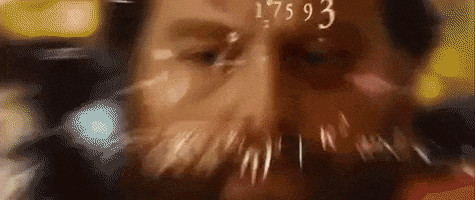- 311
- 190
Back on skull crushing...I'm not a materials engineer, but I found the following articles that may be of some use if anyone with more skill in structural engineering can chime in.
 www.materialstoday.com
www.materialstoday.com
 openoregon.pressbooks.pub
openoregon.pressbooks.pub
 www.oandplibrary.com
www.oandplibrary.com
Why are your bones not made of steel? - Materials Today
Read ‘Why are your bones not made of steel?’ on Materials Today – the gateway for mechanical properties news.
